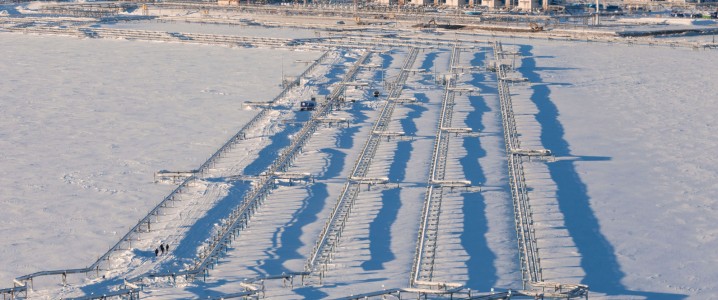Now Reading: Shell’s Deepwater Dreams Hit Delay in the Gulf
-
01
Shell’s Deepwater Dreams Hit Delay in the Gulf
Shell’s Deepwater Dreams Hit Delay in the Gulf

By Julianne Geiger – May 09, 2025, 2:30 PM CDT
Shell’s plans to juice output from its deepwater Perdido development in the U.S. Gulf of Mexico just ran into a delay-shaped pothole. Two new wells intended to lift production from the Great White unit—one of the stars of the Perdido complex—won’t come online until the end of the year, the company confirmed this week. That’s a shift from the original timeline, which had all three wells humming by April.
One of the three did go live in March, but the other two are lagging. All told, the trio was expected to bring up to 22,000 barrels of oil equivalent per day (boepd) in new production when fully operational. For a platform like Perdido—which has a peak output capacity of 125,000 boepd—that’s not game-changing, but still material.
Shell, which operates the Perdido hub with a 35% stake, hasn’t specified what caused the delay. Chevron and others round out the remaining ownership.
Perdido has been a cornerstone of U.S. deepwater production since first oil in 2010, situated in some of the deepest waters the industry taps. Shell has leaned into the project’s long-term potential, announcing late last year that it would drill two more wells in the nearby Silvertip unit. Those are expected to add another 6,000 boepd—eventually. First oil from Silvertip isn’t expected until 2026.
The Gulf of Mexico remains a key profit engine for Shell, especially as the company trims back on green-energy projects and focuses on what it calls “value over volume.” Translation: they’re sticking with barrels that pay. But timelines slipping—especially in the ultra-costly offshore sector—can dent near-term output goals and shareholder confidence.
Delays happen. But with the energy transition now more of a polite suggestion than a mandate, getting every barrel out of places like Perdido remains priority number one.
By Julianne Geiger for Oilprice.com
More Top Reads From Oilprice.com
![]()
Julianne Geiger
Julianne Geiger is a veteran editor, writer and researcher for Oilprice.com, and a member of the Creative Professionals Networking Group.







